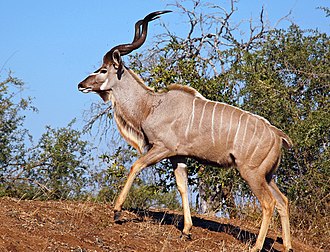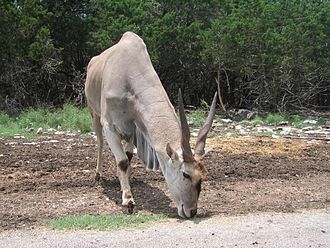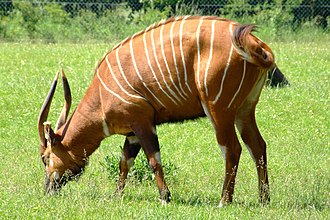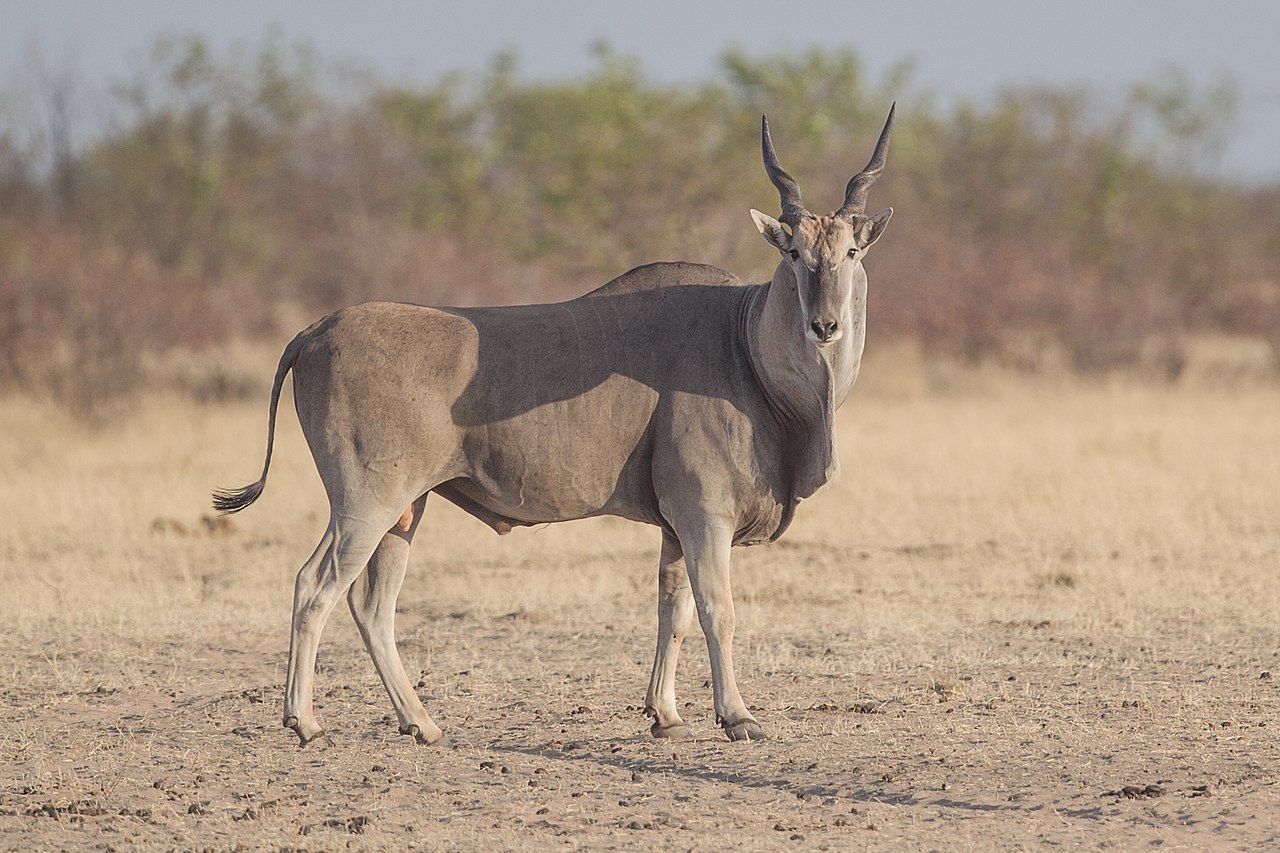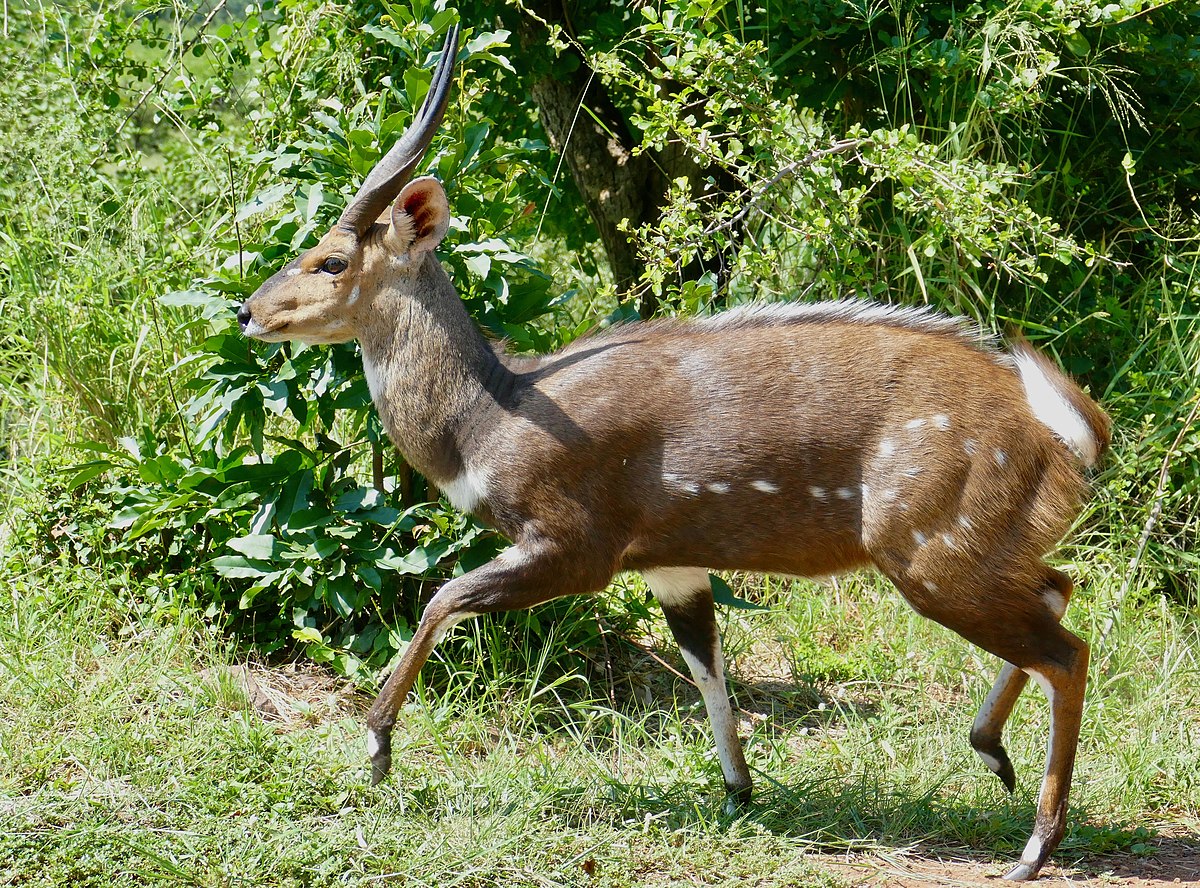Alpine Musk deer
Found in the Eastern himilayas, It is the state animal of Uttarakhand. There are 2 recognized subspecies. It is found at heights of 3000m-5000m.
Poaching for its musk does threaten its ongoing survival. By the 1980s the population was estimated at just 3000. It is unclear what has happened since.
Anhul Musk deer
They do not thrive in captivity. It has been previously considered a subspecies of two other musk deer. It is found in Debie mountains in Western China
It is considered endangered.
Chinese forest Musk (dwarf) deer
Found in Southern and central China, there are 4 recognized subspecies.
- Moschus berezovskii berezovskii Flerov, 1929
- Moschus berezovskii bijiangensis Wang & Li, 1993
- Moschus berezovskii caobangis Dao, 1969
- Moschus berezovskii yanguiensis Wang & Ma, 1993
It is as a species considered endangered, this makes it quite likely that some of its subspecies are very close to extinction.
Dusky Musk deer
Also known as the black musk deer, it is found in Bhutan, China, India, Myanmar and Nepal, it is nocturnal and highly solitary (females will on occasion allow other females to babysit). Males fight aggressively for territory. Like many similar species, they are incredible mountaineers, in their home in the mountains, and can often be seen standing on cliffs that do not look like they could stay balenced. They are also capable of climbing trees. They are predated by various species, in particular lynx, many of which will specialize on hunting this species.
It is currently considered endangered.
Kashmir Musk deer
Found in Afghanistan, India and Pakistan (as well as possibly western Nepal).
In Afghanistan, no sightings were recorded between 1948 and 2008, but a proper survey recorded 3 sightings in 2009, so they do still cling on here. Although thought to be fragmented, there is much space for these species in Afghanistan, so there is hope that this species will recover.
It is considered endangered, as a result of habitat loss, and hunting for their scent glands.
Siberian Musk deer
Found in the forests of Northeast asia, common in the Taiga, but also found in Mongolia and on the Korean Peninsula. They are good at hiding from predators, and can run fast when required.
As with some other species, hunting for their musk glands is having an impact on the species, and 30% reduction is expected over the next 3 generations. They have a large range, and there are 5 recognized subspecies
Siberia, North Mongolia, Russia, North China and Korea – M. m. moschiferus[1]
Russian Far East – M. m. turovi
Verkhoyansk Ridge – M. m. arcticus
Sakhalin – M. m. sachalinensis
Korea – M. m. parvipes
There are currently thought to be around 230,000 in the wild, but the number is declining.
White-bellied Musk deer (it is also known as the Himalayan Musk deer)
It is found throughout the Himalayas, and is listed as endangered with serious population decline. They are generally found at heights of over 2500m. They generally occupy a home range of around 22 hectares,
Males are fiercely territorial and will only let females enter. They can live 10-14 years. Predators include Leopard, snow leopard, red fox and grey wolf.
Status, while protected across much of its range, enforcement has proved useless, and as such there is still much hunting going on,
Efforts are being made to farm the species, though they dont appear to cope healthwise with captivity. The ability to harvest the musk while the deer is alive, is also being worked on – this may allow harvesting without killing the animal – making their population far more stable.





